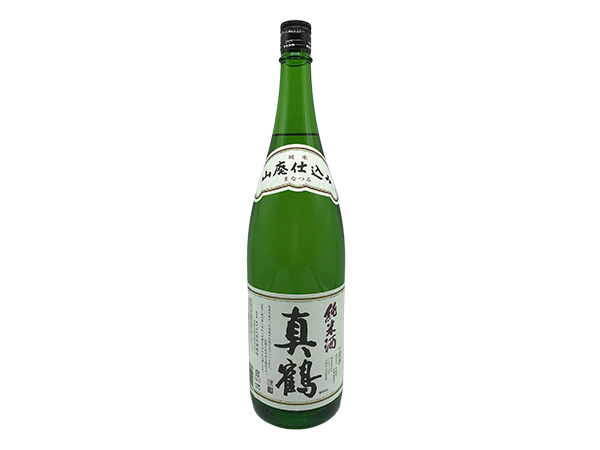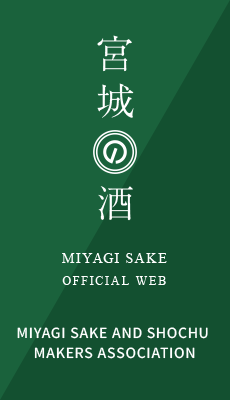Miyagi Brewery List

[ Kami Town, Kami District ]
Tanaka Syuzoten Inc.
Tanaka Syuzoten
Signature Brands
Manatsuru/Denrin

Using Old-fashioned Tools
With Traditional Preparation Methods
A Serious Brewery Which Carefully Makes Its Saké
The main building of Tanaka Syuzoten, with beautiful plastered namako walls
(white grid pattern on black slate)and a stunning tiled roof, is a symbol of the town that stands out even among the buildings in central Kami Town.
Our brewery specializes in making “Yamahai style” saké and making koji with the “futa-koji-ho” method (making koji in shallow tray-like boxes).
Yamahai is one of the traditional methods of saké brewing. It is made by allowing natural yeast cells in the air to drift down into an open-tank fermentation starter. Latic acid is formed slowly as the yeast’s strength is built-up. Most brewers make saké using the sokujo method (“fast-developing”) which involves adding lactic acid into the starter at the beginning of the process, taking only two weeks to complete. The yamahai process takes nearly a month, more than double the time. However, saké made with such effort and time has a deep body and taste, with a smooth finish down the throat.
While it is true that the “futa-koji-ho” method of making koji in small portions with trays requires much time and effort through such things as rotating trays to control temperature, it produces a uniform and consistent koji. Many breweries use this method exclusively for high quality daiginjo brewing, but Tanaka Syuzoten uses this method for all their saké with special koji trays made of cedar wood from Akita Prefecture.
Making the Mysterious Kimoto Saké
Warming Saké to Bring Out Its True Character
In January 2010, Tanaka Syuzoten was the first Miyagi brewery to revive the kimoto method of saké making in 67 years. This traditional way of making saké is unique and very labor-intensive as water, rice and koji have to be crushed and mixed with a special paddle by hand.
Kimoto saké is has an acidic taste, with a solid and rich body. The flavor profile is most prominent when the sake is warmed to about 40-43 ℃.
In addition, using the wooden tools, which are rarely seen today, is a delicate process. Brewers that make kimoto saké have a strong commitment to the traditional spirit of saké brewing.
Products
Recommended Products
-

Manatsuru Miyamanishiki Tokubetsu Junmai
Made from 100% Miyama Nishiki rice cultivated through direct contract farming. This tokubetsu junmai saké prepared with ginjo yeast has a delicate ginjo aroma, strong umami, and sharp taste.
- Alcohol content:15.5% Alc./vol.
- Rice-polishing ratio:60%
- Rice type:Miyamanishiki
-

Manatsuru Yamahai Junmai
This is Manatsuru's traditional "yamahai" saké. With its full body aroma and richness, this is a junmai saké that you won't get tired of drinking again and again.
- Alcohol content:15.5% Alc./vol.
- Rice-polishing ratio:60%
- Rice type:Domestic rice from Japan
-

Manatsuru Kimoto Tokubetsu Junmai
Manatsuru’s legendary "kimoto" saké. Enjoy the rich flavor unique to kimoto-style saké. With its irresistible sourness, it is a perfect example of what heated saké should taste like.
- Alcohol content:15.5% Alc./vol.
- Rice-polishing ratio:60%
- Rice type:Kuranohana
Information
Brewery Information

Tanaka Syuzoten Inc.
88-1 Nishimachi, Kamimachi, Kami-Gun, Miyagi, Japan 981-4251
Inquiry:
: 0229-63-3005
| Brewery Tour | Available (Reservation required. Please inquire by phone.) |
|---|---|
| Brewery Event Information |
Open Brewery with Nabe Festival (February 11) |





